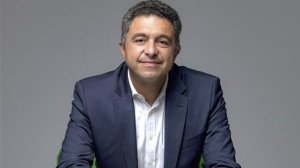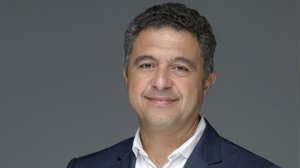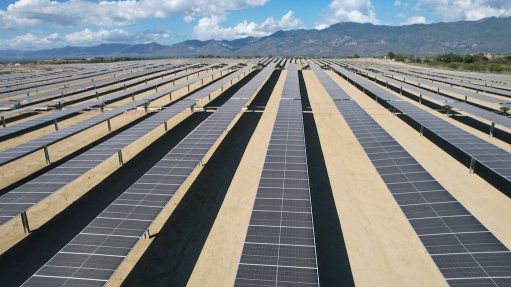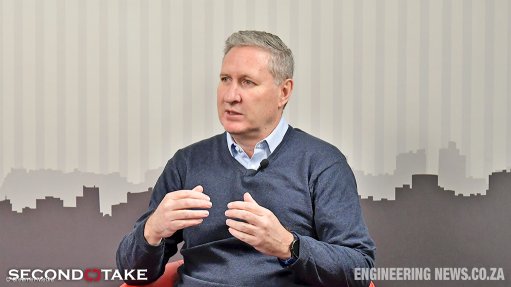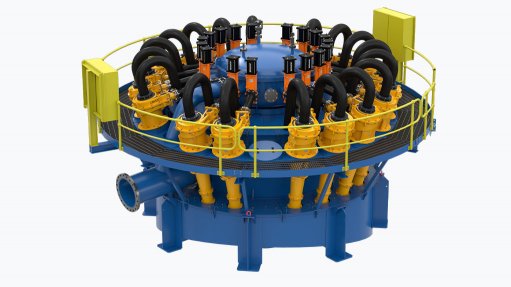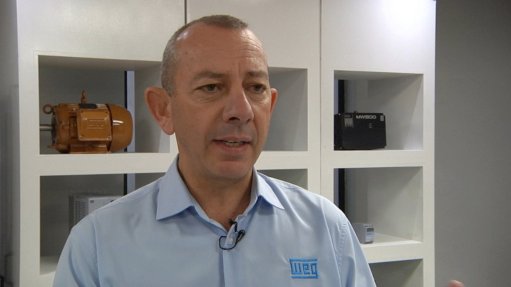A New Energy Blueprint for Africa, by Africa
This article has been supplied and will be available for a limited time only on this website.
By: Walid Sheta - Zone President, Middle East & Africa at Schneider Electric
Every time I travel to meet with our teams and partners across Africa, I come away with a renewed sense of optimism. While it is easy to focus on the continent's energy challenges, I am fortunate to see something else as well: the emerging blueprint for a global energy future being written here.
The challenges, of course, are real and deeply human. In a region blessed with abundant natural resources, millions still live without reliable electricity. By 2030 around 600 million people in sub-Saharan Africa will still lack access to electricity. This is more than a statistic - it is a barrier that ripples through entire communities. These challenges are deeply interconnected - a lack of reliable energy impacts a child’s ability to study after sunset, a business’s capacity to operate, and a nation’s ability to industrialize. In the most critical terms, it can mean a refrigerator failing in a health clinic is more than a technical glitch, it is a failure that becomes a genuine health crisis.
Demographics and renewables are creating an opportunity for a smarter system
It is precisely these realities—combined with powerful demographic forces—that demand a fundamental rethinking of how Africa develops its energy systems. With 70% of the continent’s population under the age of 30 and a projected population surge to 1.7 billion by 2030, Africa is on the cusp of a demographic transformation. That’s an additional 350 million people—equivalent to the entire population of the United States—in just five years. Half of them will live in cities, intensifying the demand for reliable, scalable, and clean energy. The centralized, slow-moving energy models of the past are ill-equipped to meet this challenge. Instead, Africa has a historic opportunity to leapfrog legacy systems and build an energy future that is digital, decentralized, and sustainable from the outset.
This is the reality of the energy trilemma. Countries across the continent need to address the challenges of access to energy, sustainability, and affordability. The buildings and construction sector accounts for 30% of Co2 emissions. There is huge scope for efficiency and to curb emissions.
Africa’s energy future must be shaped by solutions that emerge from within—designed for local needs, grounded in local conditions, and driven by local talent. The continent’s diverse environments and rapidly evolving urban and rural dynamics require energy systems that are adaptable, resilient, and context specific. That’s why we’re proud to launch our Innovation Hub: a space dedicated to collaboration, delivering tailor-made solutions, and nurturing African ingenuity. By investing in local innovation and fostering cross-sector collaboration, we can build an energy future that is not only sustainable, but truly African by design. By fostering local innovation and enabling cross-sector collaboration, we can build an energy ecosystem that is not only sustainable, but authentically African.
A blueprint for energy transformation
First, it must have a digital foundation. Digitalization is the cornerstone of a modern, efficient, and resilient energy landscape. It is the key to enhancing grid stability, reducing energy waste, and empowering communities.
For example, Drakenstein Municipality, situated in the Western Cape in South Africa has as part of its decarbonization goals started to replace its existing 11kV oil electricity distribution infrastructure with Schneider Electric’s modern, digitized and green RM AirSeT air-powered ring main unit.
This reduces the Municipality’s carbon footprint by using pure air instead of SF6 gas and also forms part of its long-term vision, not only to have an upgraded, sustainable and well-maintained electricity distribution network, but also to be a decarbonising frontrunner in the local government space.
In Senegal, for example, the digitalization of the distribution network has enabled the remote control of 600 substations, enhancing reliability for 2.2 million customers. This is the kind of leapfrogging that technology makes possible.
Second, it must be sustainable and efficient by design. The continent is home to 60% of the world's best solar resources but has so far installed only 1% of the world’s solar PV capacity. Harnessing this immense renewable wealth is critical, and we see it happening through vital partnerships with utilities and independent power producers across Africa. At the same time, we must champion energy efficiency, which is the fastest and most cost-effective way to achieve sustainability.
Finally, and most importantly, it must be powered by people. We firmly believe that human capital is the continent’s most precious resource. This belief must be backed by action. That is why our company is committed to playing its part in training one million people in energy management by 2025, a goal of which 825,000 have already been reached. It is also why we support initiatives like the Gaia Energy Impact Fund, which helps local entrepreneurs expand clean energy access.
Partnership and innovation are the keys to a prosperous future
Realizing this vision at scale cannot be done in silos. The level of investment required to modernize and expand Africa’s energy infrastructure makes collaboration between the public and private sectors essential. A collaborative framework where risks and expertise are shared is essential to delivering these complex projects efficiently and effectively.
The collective will to build a brighter future is palpable across the continent. Africa is not waiting to be transformed—it’s already shaping the future. The challenges ahead are significant, but our collective capacity to innovate is far greater. The journey requires partnership, commitment, and trust in the immense potential of the continent and its people. It is an open invitation to all of us, across the public and private sectors, to collaborate more closely and help build a sustainable and prosperous era for everyone who calls this continent home.
Comments
Announcements
What's On
Subscribe to improve your user experience...
Option 1 (equivalent of R125 a month):
Receive a weekly copy of Creamer Media's Engineering News & Mining Weekly magazine
(print copy for those in South Africa and e-magazine for those outside of South Africa)
Receive daily email newsletters
Access to full search results
Access archive of magazine back copies
Access to Projects in Progress
Access to ONE Research Report of your choice in PDF format
Option 2 (equivalent of R375 a month):
All benefits from Option 1
PLUS
Access to Creamer Media's Research Channel Africa for ALL Research Reports, in PDF format, on various industrial and mining sectors
including Electricity; Water; Energy Transition; Hydrogen; Roads, Rail and Ports; Coal; Gold; Platinum; Battery Metals; etc.
Already a subscriber?
Forgotten your password?
Receive weekly copy of Creamer Media's Engineering News & Mining Weekly magazine (print copy for those in South Africa and e-magazine for those outside of South Africa)
➕
Recieve daily email newsletters
➕
Access to full search results
➕
Access archive of magazine back copies
➕
Access to Projects in Progress
➕
Access to ONE Research Report of your choice in PDF format
RESEARCH CHANNEL AFRICA
R4500 (equivalent of R375 a month)
SUBSCRIBEAll benefits from Option 1
➕
Access to Creamer Media's Research Channel Africa for ALL Research Reports on various industrial and mining sectors, in PDF format, including on:
Electricity
➕
Water
➕
Energy Transition
➕
Hydrogen
➕
Roads, Rail and Ports
➕
Coal
➕
Gold
➕
Platinum
➕
Battery Metals
➕
etc.
Receive all benefits from Option 1 or Option 2 delivered to numerous people at your company
➕
Multiple User names and Passwords for simultaneous log-ins
➕
Intranet integration access to all in your organisation





